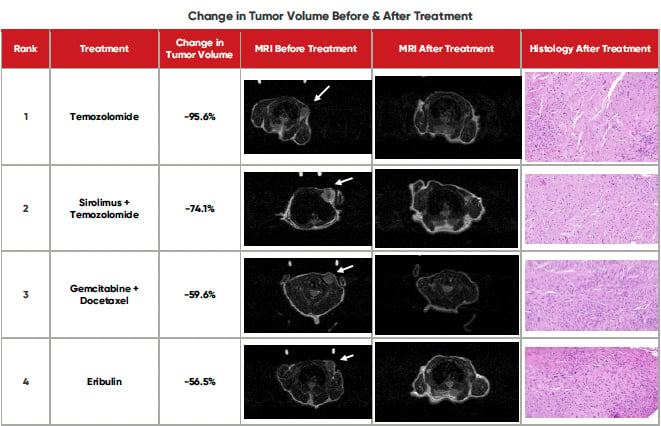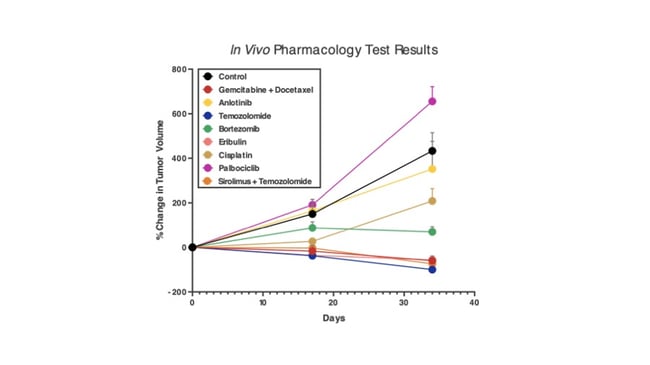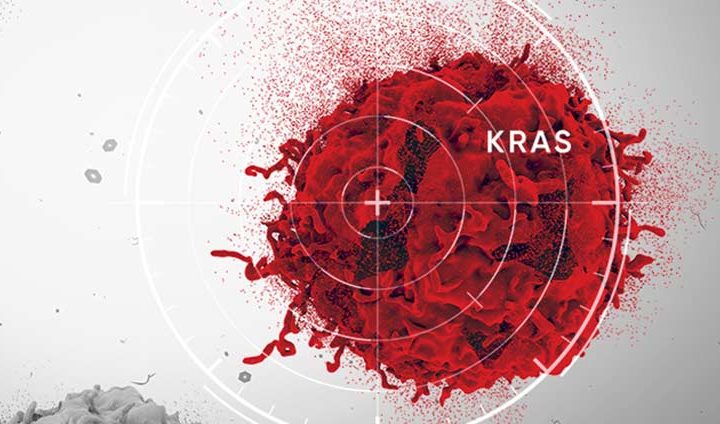Certis Oncology Solution's Self-Proclaimed Poster Boy: Jeffrey Alan Dinkin
It started with back pain.
After founding and growing a successful commercial real estate firm for 20+ years, Jeff Dinkin, a dedicated father and husband, was diagnosed in 2009 with leiomyosarcoma (LMS), a rare and aggressive cancer that grows in smooth muscles. He was 50 years old. Dr. Frederick (Fritz) C. Eilber, Professor of Surgery, Division of Surgical Oncology, Director of the UCLA Sarcoma Clinical/Translational Research Program, performed surgery to remove the large tumor on his back.
For the next 13 years, Jeff would endure a long battle with cancer, experiencing a series of recurrences and metastases that spread to his lungs and liver. As a result, he underwent many surgical procedures, along with multiple rounds of radiation and cocktails of chemotherapies.

Image: In 2019, Jeff received a Lifetime Achievement Award from UCLA Real Estate Law Association.
By January 2020, Jeff was no longer a candidate for surgery. Radiation addressed some of his metastatic tumors, but the remaining lesions required more chemotherapy. Available chemotherapeutics he had not yet tried were known to be largely ineffective against LMS.
“I honestly thought, given the aggressive nature of my tumors, that my time was running short, which was confirmed,” said Jeff. “I started reaching out for other options with the hope that somewhere I might find an answer.”
In March 2020, Dr. Eilber gave Jeff an unconventional solution for his stage 4 cancer — Certis® Oncology functional drug sensitivity testing, or YourPDX® Functional Precision Oncology. Using orthotopically developed patient-derived xenograft (O-PDX) mouse models of Jeff’s cancer, multiple therapeutic options could be simultaneously tested in the laboratory, to observe the relative effectiveness of those tested therapies, and help inform next-line treatment strategies.
“There’s a whole host of new drugs out there,” said Dr. Eilber. “They intermittently work for some patients, but not others. The only way to really know if a therapy will work is to test it in the patient. But for many, there isn’t time…and these are often very toxic drugs. Certis offers us an alternative: simultaneously testing multiple therapeutic options—not in the patient, but in living models of their cancer. When deciding how to treat this disease, it’s the closest we can get to certainty.”
“I immediately jumped on this opportunity,” Jeff said. “Individualized medicine for my case was the ideal avenue to pursue.”
While Certis developed the 80 mouse models required for Jeff’s study, he continued chemo treatments YONDELIS® (trabectedin), and subsequently, VOTRIENT® (pazopanib). He named the mouse models after his Wisconsin childhood heroes — Vince Lombardi and Oscar Robertson.
“The idea of being treated while concurrently exploring other feasible options was an ideal scenario,” said Jeff.
In the second phase of Jeff’s functional oncology testing, Certis administered eight different anti-cancer agents (6 monotherapies and 2 combinatorial therapies) to personalized mouse avatars and monitored the mice for signs of tumor regression. Six months after the biopsy, Jeff’s functional testing was complete. Four out of the eight therapies that Certis tested in mice showed significant tumor regression, restoring hope Jeff and his family had all but lost.

Figure 1: Change in Tumor Volume Before and After Treatment. Treatments are ranked in order of efficacy. A negative value for Change in Tumor Volume indicates tumor shrinkage after treatment, a positive value indicates tumor growth. Magnetic resonance images of representative animals using a mouse MRI machine show tumors (white arrow) before and after treatment. The white dots above the animals are heating coils to regulate body temperature. Histology of Tumors After Treatment (right column). Hematoxylin and eosin (H&E) are special stains used in microscopy to visualize tissue. Hematoxylin stains cell nuclei blue and eosin stains cytoplasm and extracellular matrix pink. H&E staining of representative tumors from each treatment group are presented here. High magnification shows a close up of the cellular architecture of the residual tumor. Selected therapies show increased differentiation and less active mitosis (dividing cells).

Figure 2. Average Change in Tumor Volume Over Time. The average change in tumor volume of each treatment group (5 mice per group) over time identifies temozolomide, sirolimus + temozolomide, gemcitabine + docetaxel, and eribulin as therapies that may result in tumor regression. All other therapies tested showed some ability to slow the growth of the tumor, but not regress it.
“To know that I presently have a drug that is impacting the tumor and potentially four more in reserve is a game changer,” said Jeff shortly after receiving study results. “I cannot tell you the impact this has had on my family and me. The pioneering work that Certis is doing has hugely impacted my life, knowing that I have a chance to beat back the cancer.”
As a result of the functional oncology testing findings, Jeff’s doctor decided to avoid four of the tested therapies, and began treatment with temozolomide, and later a combination of gemcitabine and docetaxel, ultimately extending Jeff’s life by 6 months. This extra time enabled him to walk his daughter down the aisle and share the father/daughter dance at her wedding in April 2022.
.jpg?width=300&height=400&name=4%20JD%20and%20daughter%20dance%20(1).jpg)
Image: Jeff (left) and daughter Andi Bressman (right) dancing at her wedding.
.jpg?width=350&height=470&name=5%20Bride%20and%20Groom%20Wedding%20Photo%20(2).jpg)
Image: Jeff’s daughter, Andie Bressman (left) and his son-in-law, Ari Bressman (right)
Jeff passed away peacefully in his Los Angeles home on May 30, 2022, at 63 years old, surrounded by family and friends. He is survived by his wife of 36 years, his four children, his mother, sister and brother.
“My cancer always reminds me of what is most important in my life,” said Jeff.
Sources: 1 Certis Data on File (April 2022). 2 Jeffrey Alan Dinkin Obituary. Los Angeles Times (2022).
Back to Feed
